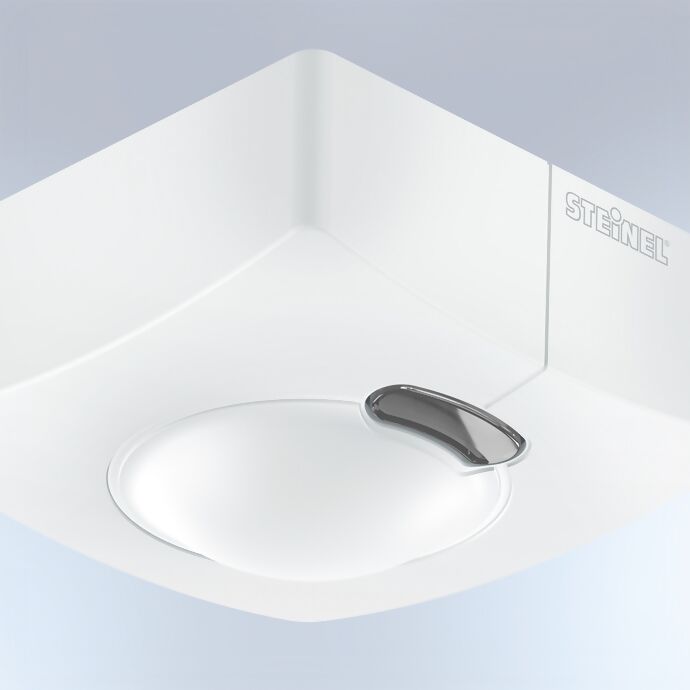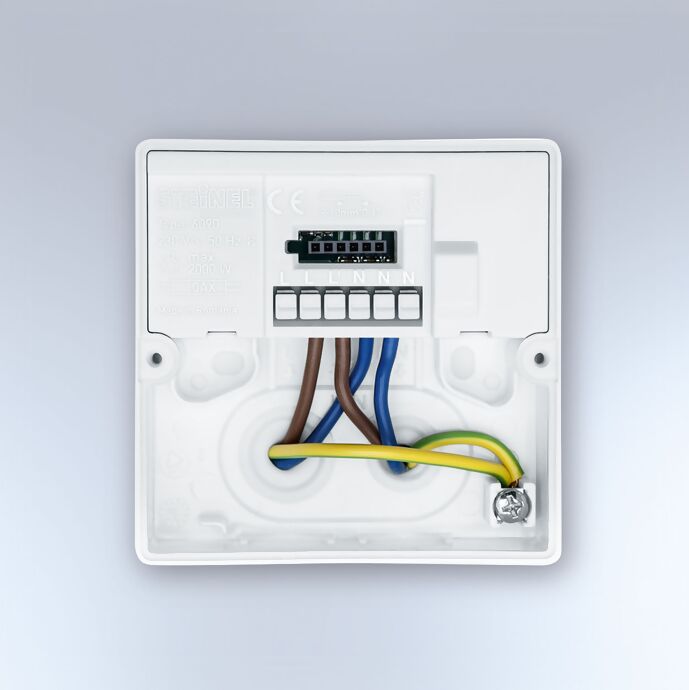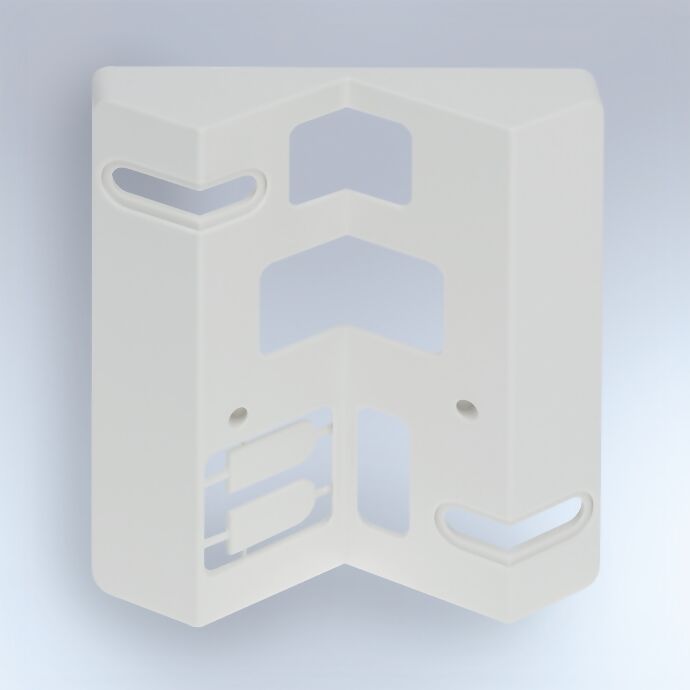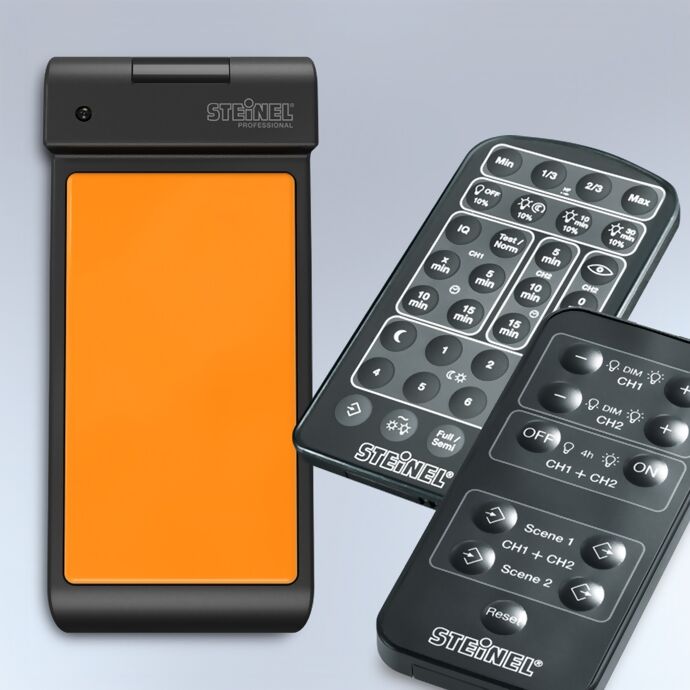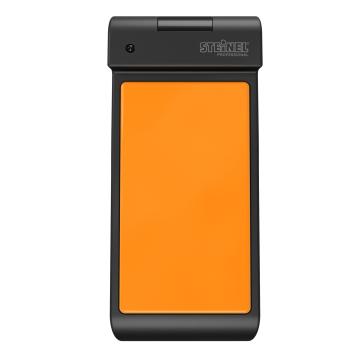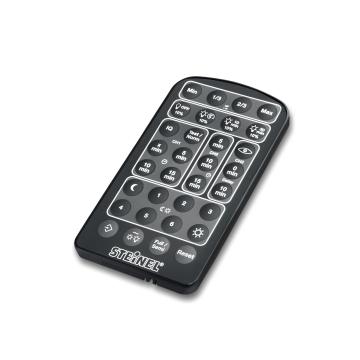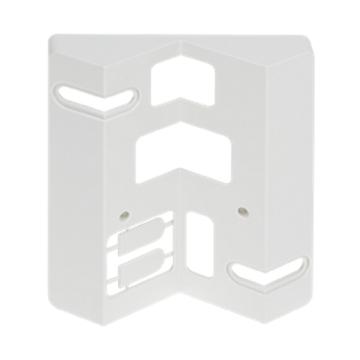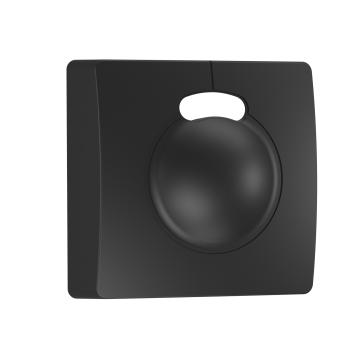1. Important Product Information
Please read carefully and keep in a safe place. – Under copyright. Reproduction either in whole or in part only with our consent.
2. General Safety Precautions
Risk of electric shock! 230 V means danger to life! Disconnect the power supply before attempting any work on the product. During installation, the electric power cable being connected may not be live. Therefore, switch off the power first and use a voltage tester to make sure the wiring is off-circuit. Installing the sensor involves work on the mains power supply. This work must therefore be carried out professionally in accordance with national wiring regulations and electrical operating conditions. (e.g. DE - VDE 0100, AT - ÖVE / ÖNORM E8001-1, CH - SEV 1000) For products with COM2 port: connection B1, B2 is a switching contact for low-energy circuits. This must be fuse-protected in line with the technical specifications. Only electronic ballasts with a floating control signal may be used at the DIM 1 to 10 V control output. No mains voltage may be connected to control output/input DA+ / DA-. Only use genuine replacement parts. Repairs may only be made by specialist workshops.
3. Proper Use
The use for which the sensor version is intended is described in the relevant general operating instructions. The general operating instructions can be opened by using the QR code from the Quick Start provided.
4. Electrical Connection
Important: incorrectly wired connections will produce a short circuit later on in the product or fuse box. In this case, you must identify the individual cables and re-connect them. An appropriate mains switch for switching ON and OFF can be installed in the mains lead.
5. Installation
Check all components for damage. Do not use the product if it is damaged. When installing the product, make sure the installation site is not subject to vibration. Select an appropriate mounting location, taking the reach and motion detection into consideration.
6. Cleaning and Maintenance
The product requires no maintenance. Hazard from electrical power. Contact between water and live parts can result in electrical shock, burns or death. Only clean the product in a dry state. Risk of damage to property! Using the wrong detergent can damage the product. Clean product with a moist cloth without detergent.
7. Disposal
Electrical and electronic equipment, accessories and packaging must be recycled in an environmentally compatible manner. Do not dispose of electrical and electronic equipment as domestic waste. EU countries only: Under the current European Directive on Waste Electrical and Electronic Equipment and its implementation in national law, electrical and electronic equipment no longer suitable for use must be collected separately and recycled in an environmentally compatible manner.
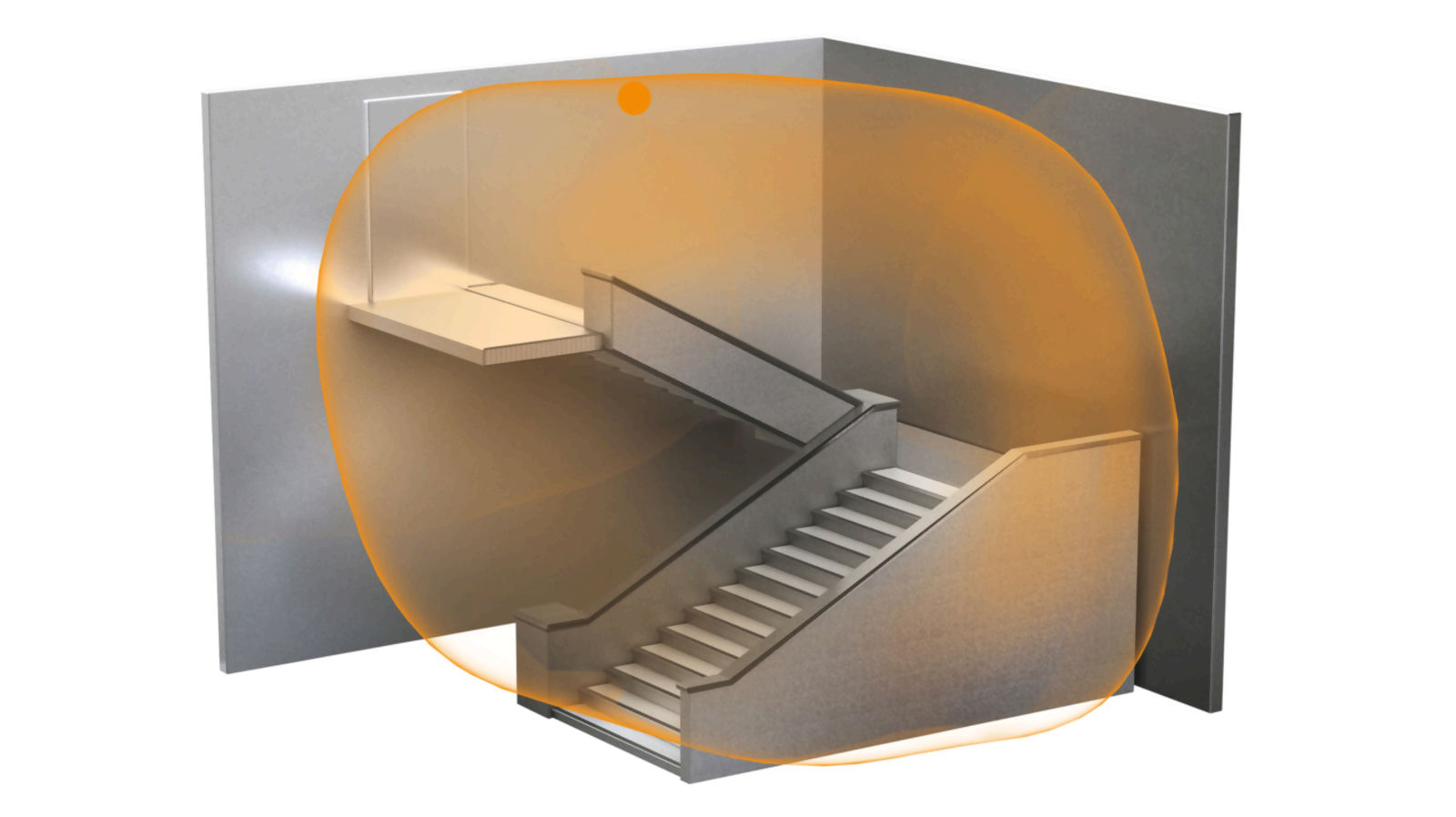 It detects simply everything. Very fast and if required over 2 storeys.
It detects simply everything. Very fast and if required over 2 storeys.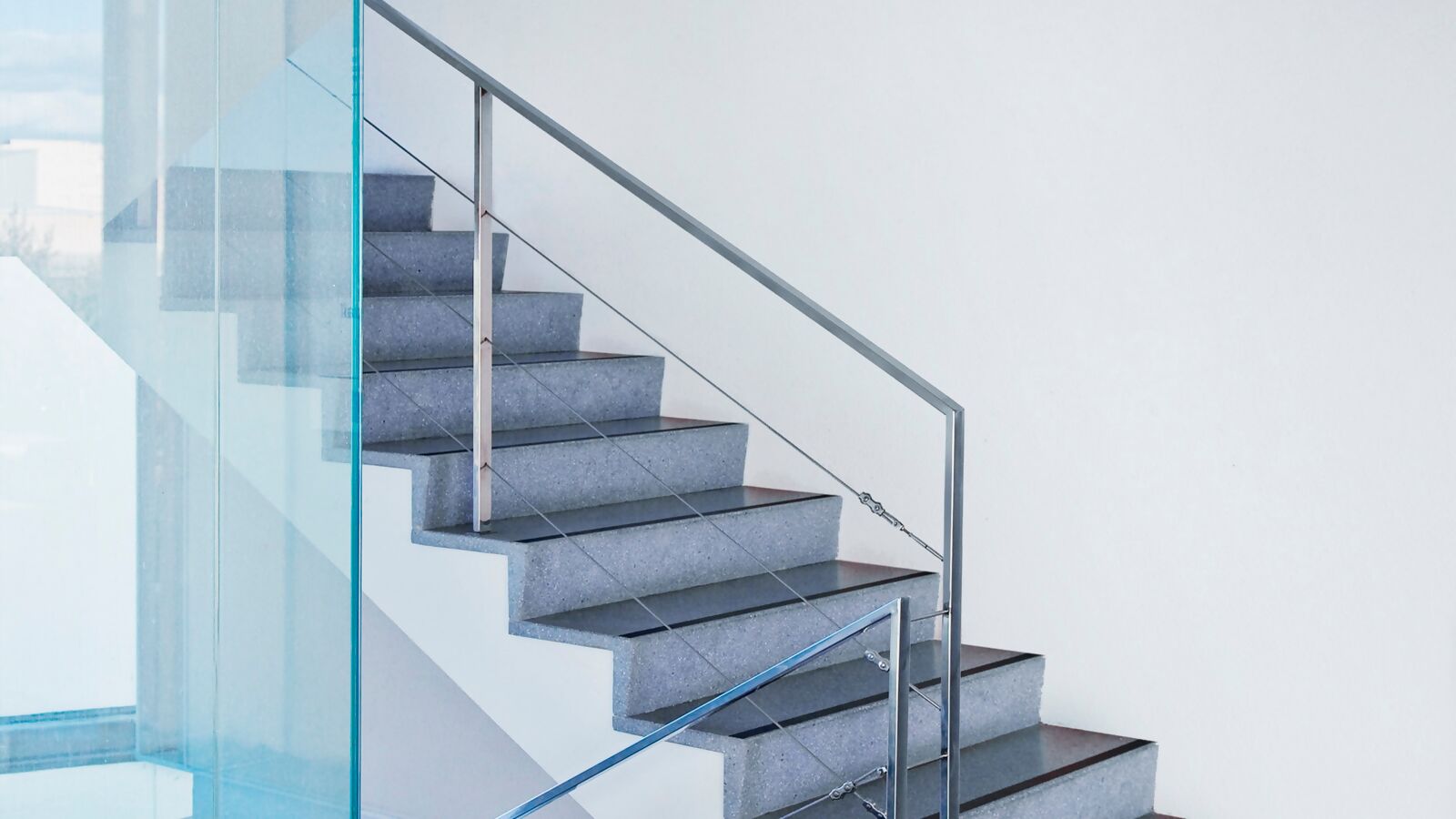 It detects simply everything. Very fast and if required over 2 storeys.
It detects simply everything. Very fast and if required over 2 storeys.



